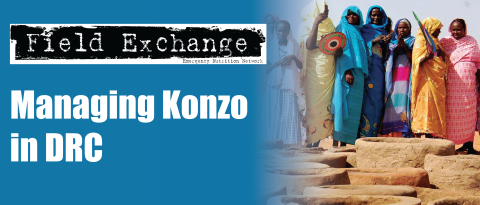Household threat of escalating food prices and recovery policies
Summary of working paper1

An elderly woman shopping in Colombia, one of the countries that experienced price rises
A recent working paper by UNICEF briefly reviews possible causes of the food price spike that began in mid-2010, examines recent local food price movements in 58 developing countries during 2010 and discusses the adverse impacts of food price increases on households. It goes on to present a rapid desk review of international and domestic policy responses in 98 developing countries under a three-pillar policy framework - supporting consumption, boosting production and regulating/managing food markets. The paper also calls for urgent and coordinated policy actions by national governments and the international community.
The paper begins by outlining the possible causes of soaring global food prices, including weather shocks, exchange rate fluctuations and financial speculation. It goes on to analyse local food price trends in 58 developing countries using data from the Food and Agriculture Organisation's (FAO) Global Information and Early Warning System (GIEWS). The authors found local food price increases in more than two-thirds of developing countries in the sample during the latter half of 2010. These closely trailed global food market prices, at a slower but still substantial rate of increase (7.2 percent on average between May and November 2010). More importantly, aggregate domestic food price levels have remained alarmingly high compared to pre- 2007/08 crisis levels (about 55 percent higher, on average, in November 2010 compared to May 2007). This implies that poor and vulnerable populations in many developing countries have been relentlessly coping with high food costs. The authors show that since 2008, poor households have exhausted coping strategies, such as eating fewer meals, cutting health expenditures, increasing debt and working longer hours in the informal sector. Household capacity for resilience is very limited. Latin America and South Asia regions appear to be those hardest hit.
In light of the danger that unabated increases in food prices pose to the right to food, Millennium Development Goals (MDGs) and social cohesion, the paper then presents a rapid desk review of national policy responses in 98 developing countries to draw insights into what is needed to tackle the renewed food price threat. Using a consumer, producer and regulatory policy framework, the authors recommend a better policy mix to address both immediate and longer term needs. A child lens as a guiding principle for designing policy responses to food price increases and achieving food security is also proposed. Many developing country governments are undergoing fiscal consolidation1 and cutting social protection services and food subsidies in the process. The authors thus call for a turn from austeritybased fiscal policies to inclusive, food security responses in developing countries that are threatened by rising food prices. The paper concludes by advocating for urgent policy actions at national and international levels to ensure a 'Recovery for All' that will eradicate hunger and malnutrition among children and poor households.
1Ortis.I, Chai. J and Cummins. M (2011). Escalating food prices; the threat to poor households and policies to safeguard a recovery for all. UNICEF social and economic working paper, February 2011.
2Fiscal consolidation is a policy aimed at reducing government deficits and debt accumulation (OECD).
Imported from FEX website


